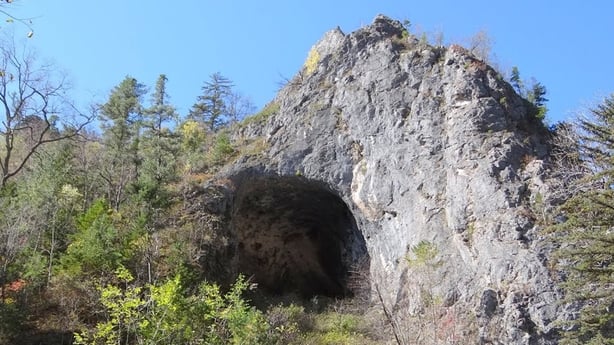A team of Irish and international scientists has used sophisticated genetic sequencing techniques to establish that certain groups of people living in East Asia today are very similar to Stone Age people that lived and hunted in the region.
The researchers at Trinity College made their discovery by sequencing DNA that was taken from 8,000-year-old human remains found in a mountainous cave known as the Devil's Gate in the east of Russia 44 years ago.
"We attempted to extract DNA from all five of these individuals but found that only in the skulls of two females - one in her early 20s and the other close to 50 - had enough DNA survived to allow us to explore the genetics of these ancient people," said Eppie Jones, a member of the Trinity team.
The results show that for over 7,000 of those years, inward migration was limited, leading to some groups of current dwellers in mainland East Asia having extraordinarily similar DNA to hunter gather ancestors in the same area.

The study found that in particular the genetic composition of the human found in the cave at Ulchi is very similar to that of the current Ulchi people of the Amur Basin, near where Russia borders China and North Korea.
The scientists say the findings may be due to extreme climate variations and the size of East Asia limiting the influx of outside farmers during the Neolithic period.
It is the first time that ancient nuclear genome data from the region has been analysed and compared to those living there today.
The research findings, published in Science Advances, are very different to the results of similar analysis done in Western Europe, where inward migration first by early farmers, then by Central Asian horse riders, led to much genetic diversity.
"Genetically speaking, the populations across northern East Asia have changed very little for around eight millennia," said senior author Andrea Manica from the University of Cambridge.
"Once we accounted for some local intermingling, the Ulchi and the ancient hunter-gatherers appeared to be almost the same population from a genetic point of view, even though there are thousands of years between them."

